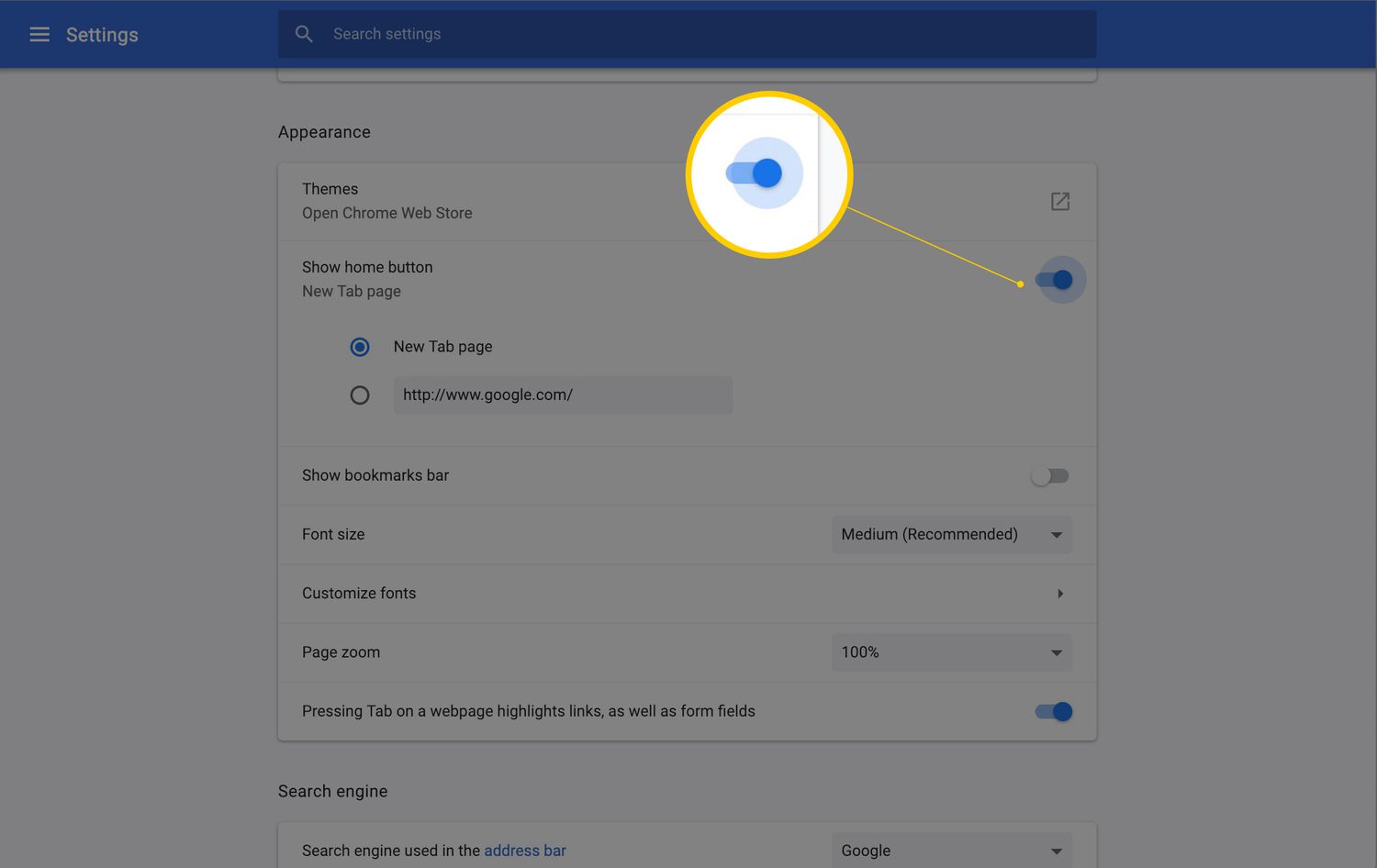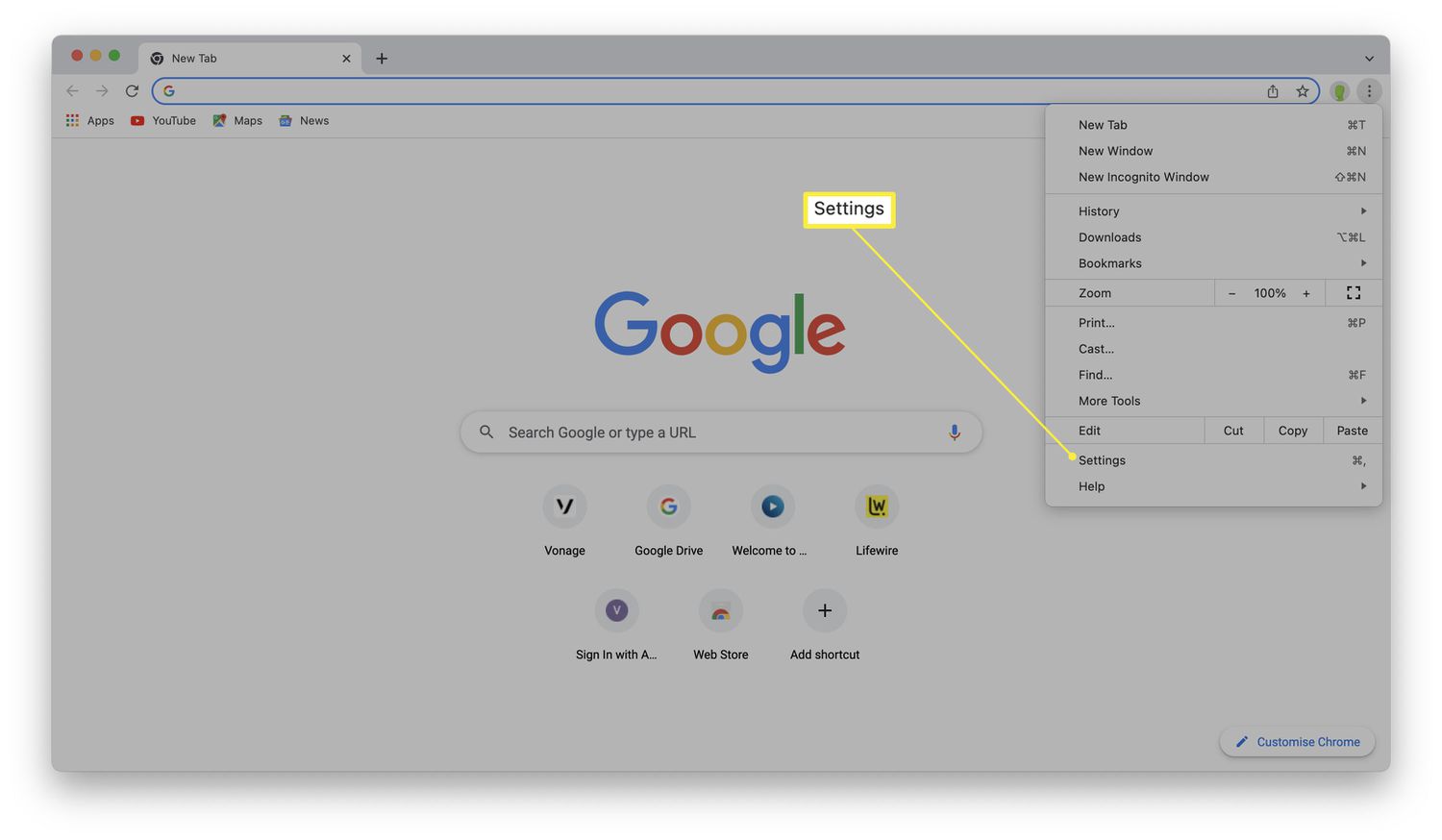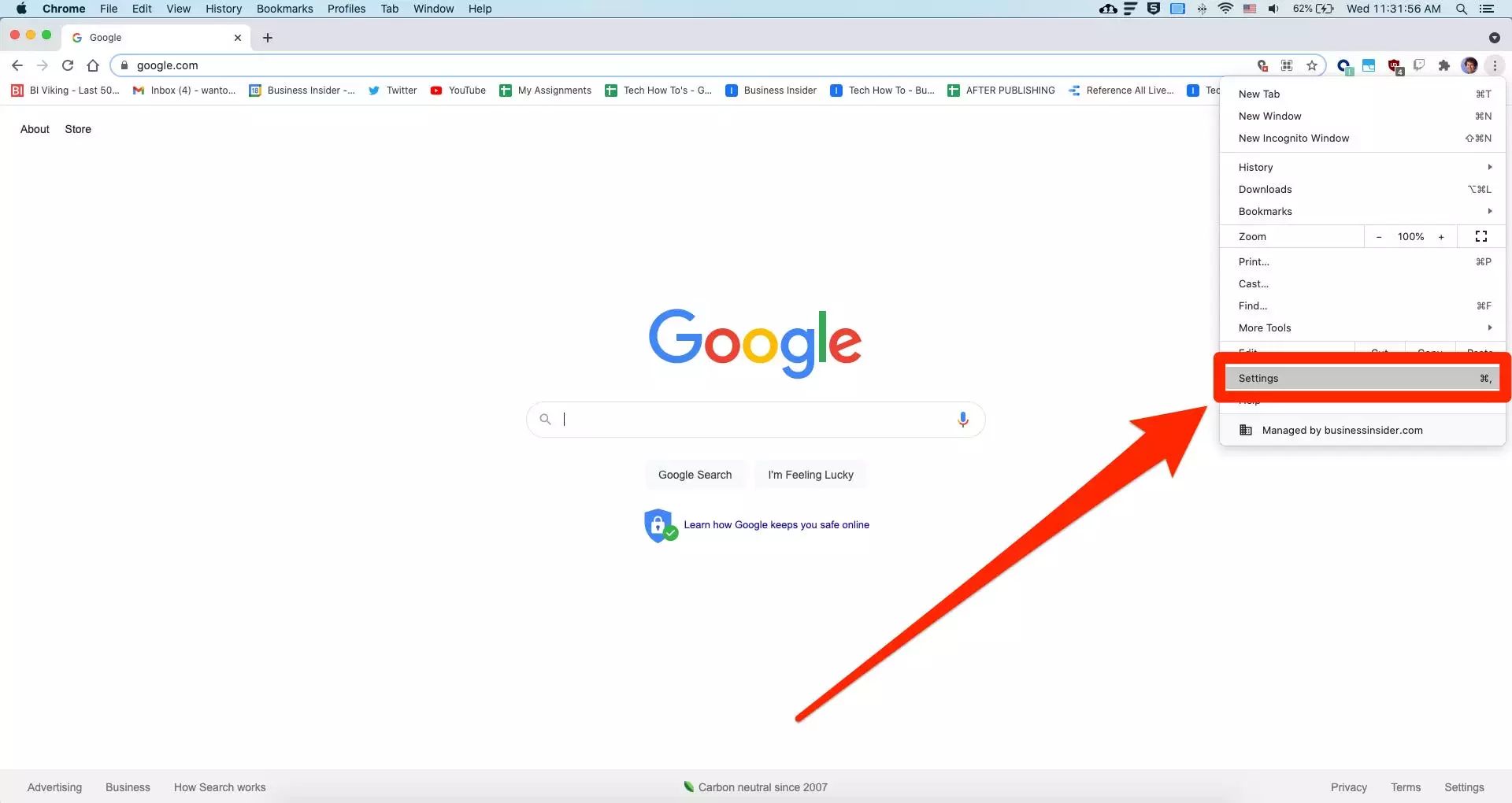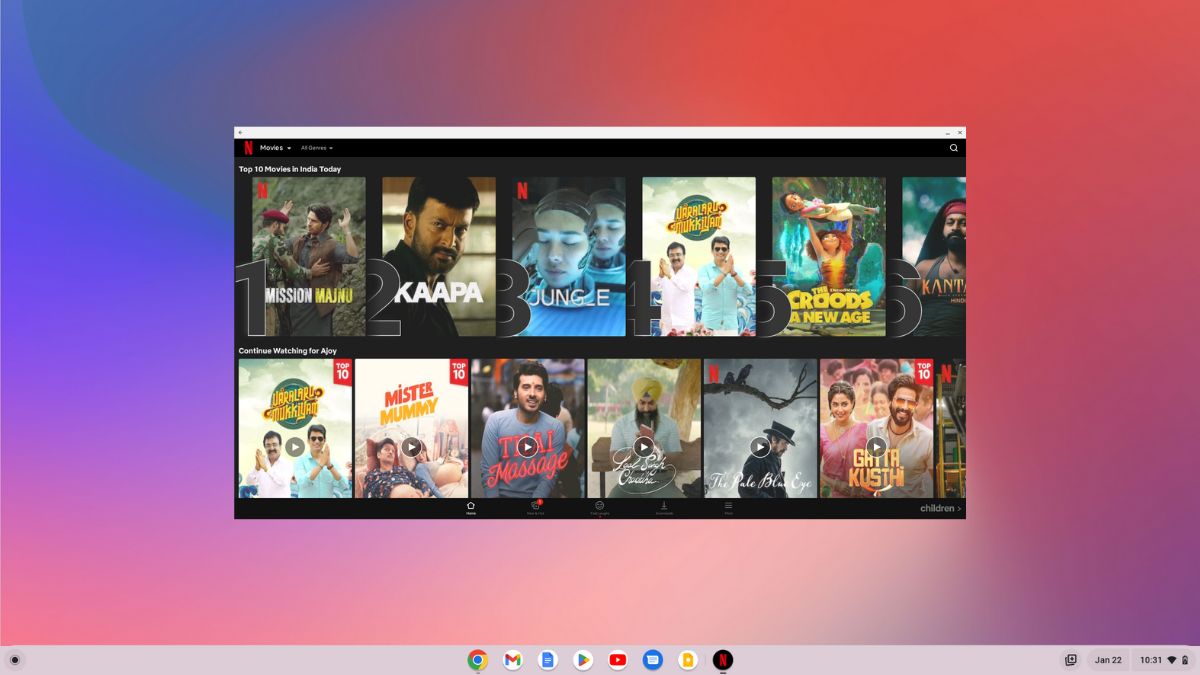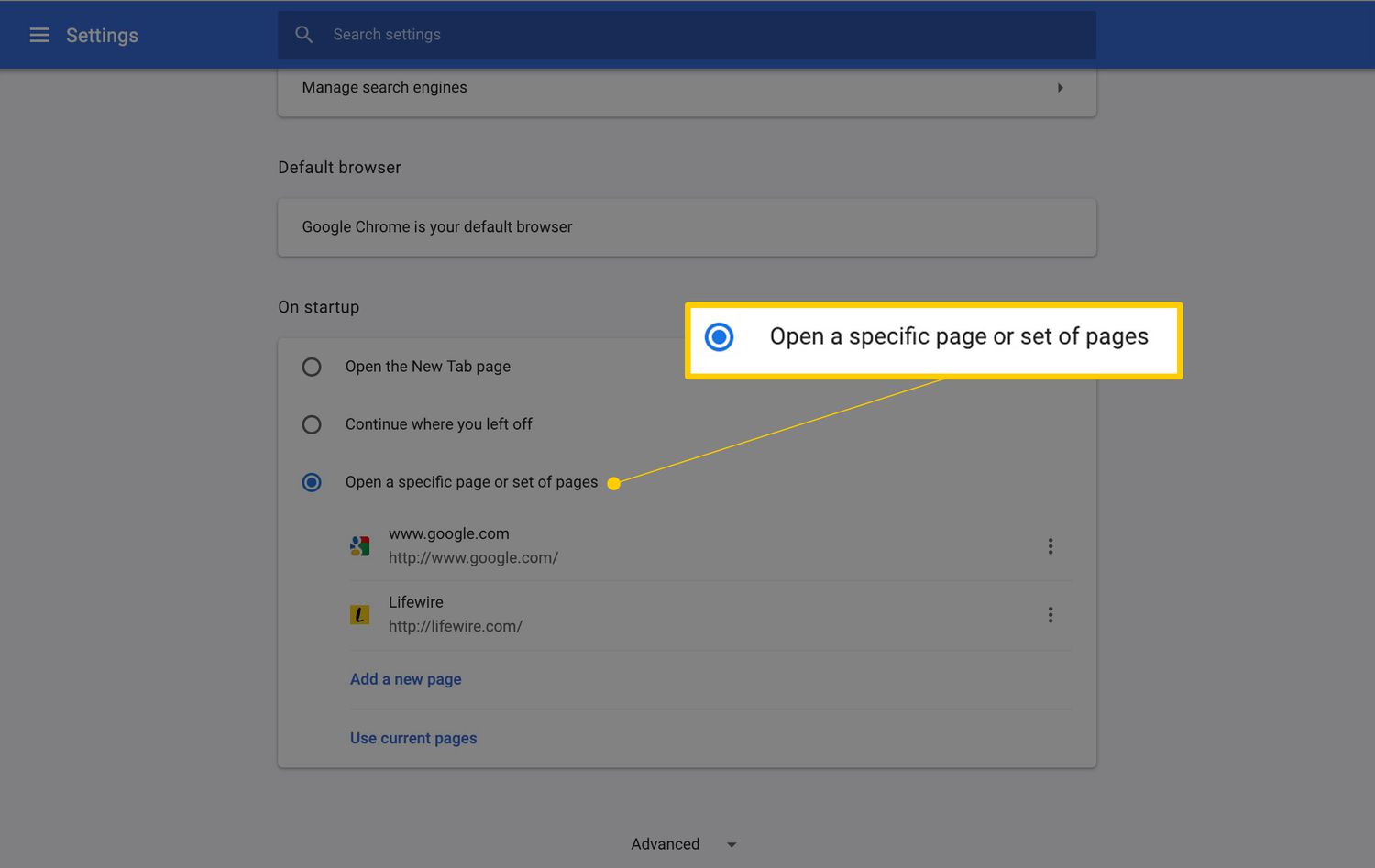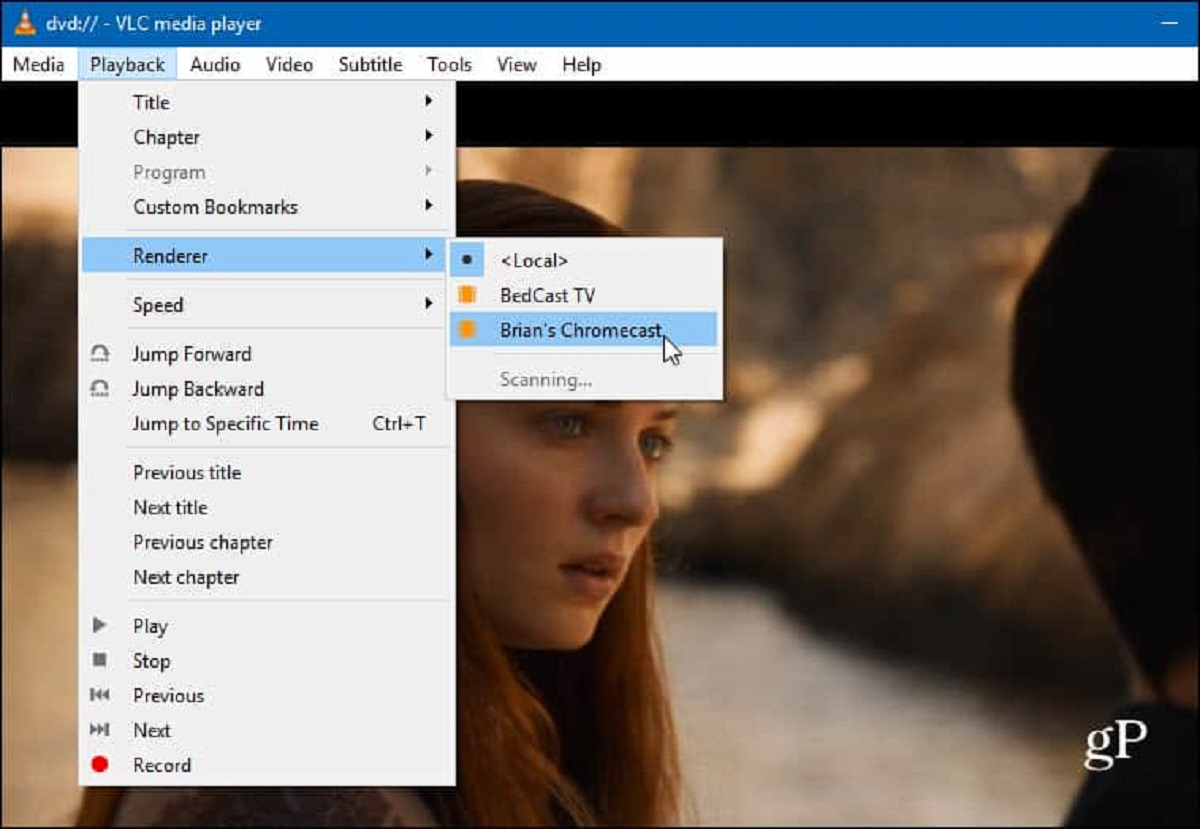Introduction
The home button in a web browser serves as a convenient shortcut, allowing users to swiftly navigate back to their designated homepage with a single click. While the home button is a standard feature in many browsers, including Chrome, it may not be readily visible by default. Fortunately, there are several methods to display the home button in Chrome, catering to diverse user preferences and needs.
In this article, we will explore three effective methods to show the home button in Chrome. Whether you prefer using built-in browser settings, leveraging extensions, or creating a custom bookmark, you'll find a solution that aligns with your browsing habits. By following these methods, you can streamline your browsing experience and access your preferred homepage effortlessly.
Let's delve into the step-by-step instructions for each method, empowering you to personalize your Chrome browser and optimize your navigation experience. Whether you're a tech-savvy individual seeking to customize your browser or a casual user looking to simplify your browsing routine, these methods offer practical solutions to make the home button readily accessible within Chrome.
Method 1: Using Chrome Settings
To display the home button in Chrome using the built-in settings, follow these simple steps:
-
Open Chrome: Launch the Chrome browser on your computer by clicking on its icon in the taskbar, desktop, or applications folder.
-
Access Settings: Once Chrome is open, locate and click on the three-dot menu icon in the top-right corner of the browser window. From the dropdown menu, select "Settings" to proceed to the browser's settings page.
-
Navigate to Appearance: Within the Settings menu, scroll down to find the "Appearance" section. Here, you will find various options to customize the browser's appearance and layout.
-
Enable Home Button: Look for the "Show home button" option and toggle the switch to enable it. This action will activate the home button, making it visible on the browser's toolbar.
-
Customize the Homepage: After enabling the home button, you can further personalize your browsing experience by specifying the URL of your preferred homepage. Click on the "Enter custom web address" option and enter the URL of the webpage you want to set as your homepage.
By following these steps, you can easily enable the home button in Chrome using the browser's native settings. This method offers a straightforward approach for users who prefer to customize their browsing experience without relying on additional extensions or tools. Once the home button is enabled, you can swiftly navigate to your designated homepage with a single click, streamlining your browsing routine and enhancing accessibility.
Whether you're a seasoned Chrome user or new to the browser, leveraging the built-in settings to display the home button provides a seamless and efficient solution. With just a few clicks, you can tailor your browsing environment to align with your preferences, ensuring that your favorite webpage is just a click away whenever you open Chrome.
Method 2: Using an Extension
If you prefer a more versatile and customizable approach to displaying the home button in Chrome, leveraging an extension can offer enhanced functionality and aesthetic options. Chrome's extensive library of extensions includes a variety of tools designed to augment the browsing experience, and there are several extensions specifically tailored to add the home button to the browser interface.
To begin, navigate to the Chrome Web Store, which can be accessed by typing "chrome://extensions/" into the address bar and pressing Enter. Once in the Chrome Web Store, you can explore the diverse range of extensions available for Chrome. Using the search bar, enter keywords such as "home button," "homepage," or "navigation" to discover extensions designed to add the home button to the browser.
When selecting an extension, consider factors such as user ratings, reviews, and the extension's update frequency to ensure reliability and compatibility with your Chrome browser version. Once you've identified a suitable extension, follow these steps to add it to Chrome:
-
Install the Extension: Click on the extension's listing in the Chrome Web Store to view its details. If the extension meets your requirements, click the "Add to Chrome" button to initiate the installation process. Chrome will prompt you to confirm the installation, after which the extension will be added to your browser.
-
Enable the Home Button: After the extension is successfully installed, it may require configuration to enable the home button. Depending on the extension, you may need to access its settings or options to customize the appearance and functionality of the home button. This could include specifying the homepage URL, adjusting the button's position on the toolbar, or selecting from different button styles.
-
Enjoy Enhanced Navigation: Once the home button extension is configured, you can enjoy the convenience of having quick access to your designated homepage directly from the browser interface. With additional customization options offered by the extension, you can tailor the appearance and behavior of the home button to suit your preferences, enhancing both functionality and visual appeal.
By utilizing an extension to add the home button to Chrome, you can personalize your browsing experience with enhanced navigation capabilities and aesthetic choices. Whether you prioritize seamless functionality, visual cohesion, or advanced customization, the diverse range of extensions available for Chrome empowers you to tailor the browser interface to your liking, ensuring that the home button is readily accessible and visually aligned with your browsing preferences.
Method 3: Using a Custom Bookmark
In addition to utilizing built-in browser settings and extensions, another effective method to display the home button in Chrome involves creating a custom bookmark. This approach offers a simple yet versatile solution, allowing users to access their preferred homepage with a single click while leveraging the bookmark functionality inherent to web browsers.
To begin, follow these step-by-step instructions to create a custom bookmark for your desired homepage in Chrome:
-
Navigate to Your Homepage: Open a new tab in the Chrome browser and visit the webpage that you want to set as your homepage. This could be a search engine, a news website, a productivity tool, or any other webpage that you frequently visit and wish to access easily.
-
Bookmark the Page: Once you are on the desired webpage, click on the star icon located in the address bar. This action will prompt a dialog box to appear, allowing you to customize the bookmark's name and select the folder where it will be saved. Ensure that you choose a memorable name for the bookmark, making it easy to identify as your homepage.
-
Access Bookmark Manager: After creating the bookmark for your homepage, you can access the Bookmark Manager by clicking on the three-dot menu icon in the top-right corner of the browser window and selecting "Bookmarks" > "Bookmark Manager." Alternatively, you can press "Ctrl + Shift + O" on your keyboard to directly open the Bookmark Manager.
-
Edit the Bookmark: In the Bookmark Manager, locate the bookmark you created for your homepage. Right-click on the bookmark and select "Edit." Within the editing interface, you can further customize the bookmark by adding a distinct favicon, which is the small icon displayed next to the bookmarked link, enhancing its visual identification.
-
Add to Bookmarks Bar: To ensure quick access to your homepage, consider adding the bookmark to the Bookmarks Bar. Simply right-click on the bookmark in the Bookmark Manager and select "Show in Bookmarks Bar." This action will display the bookmark as a clickable link on the browser's Bookmarks Bar, providing immediate access to your designated homepage.
By following these steps, you can effectively create a custom bookmark for your preferred homepage in Chrome, enabling seamless navigation to your desired webpage with a single click. This method offers a straightforward and customizable approach, allowing you to tailor the browsing experience to align with your preferences and streamline access to frequently visited webpages.
Whether you prioritize simplicity, visual organization, or personalized naming for your homepage bookmark, leveraging the custom bookmark functionality in Chrome empowers you to enhance your browsing routine and ensure that your preferred webpage is readily accessible whenever you open the browser.
Conclusion
In conclusion, the ability to display the home button in Chrome is a valuable customization feature that enhances the browsing experience for users of all levels. By exploring the three methods outlined in this article, individuals can seamlessly integrate the home button into their Chrome browser, ensuring swift access to their preferred homepage with a single click.
The first method, utilizing Chrome's built-in settings, offers a straightforward approach for users who prefer native browser customization. By enabling the home button through the browser's settings, users can effortlessly streamline their navigation experience, ensuring that their designated homepage is readily accessible upon launching Chrome. This method caters to individuals seeking a simple and efficient solution without relying on additional extensions or tools.
For those who prioritize enhanced functionality and aesthetic options, the second method, leveraging an extension, provides a versatile approach to adding the home button to the Chrome interface. With a diverse range of extensions available in the Chrome Web Store, users can select an extension that aligns with their preferences, offering advanced customization options and seamless integration of the home button into the browser's layout.
Additionally, the third method, creating a custom bookmark for the desired homepage, presents a simple yet effective solution for streamlined navigation. By leveraging the bookmark functionality inherent to web browsers, users can create a clickable link to their preferred homepage, ensuring quick and convenient access with a single click. This method offers a customizable approach, allowing users to tailor the browsing experience to their liking while maintaining visual organization and accessibility.
Ultimately, the diverse methods for displaying the home button in Chrome cater to a wide range of user preferences and browsing habits. Whether users prioritize simplicity, advanced customization, or seamless integration into the browser interface, these methods empower individuals to personalize their browsing experience and optimize their navigation routine.
By incorporating the home button into their Chrome browser, users can streamline their browsing experience, ensuring that their preferred homepage is just a click away whenever they open the browser. Whether it's for swift access to essential web tools, news updates, productivity resources, or personal websites, the home button serves as a convenient gateway to the online destinations that matter most to users.
In essence, the ability to show the home button in Chrome not only enhances accessibility but also reflects the browser's adaptability to accommodate individual preferences, ultimately contributing to a more personalized and efficient browsing experience for users worldwide.







